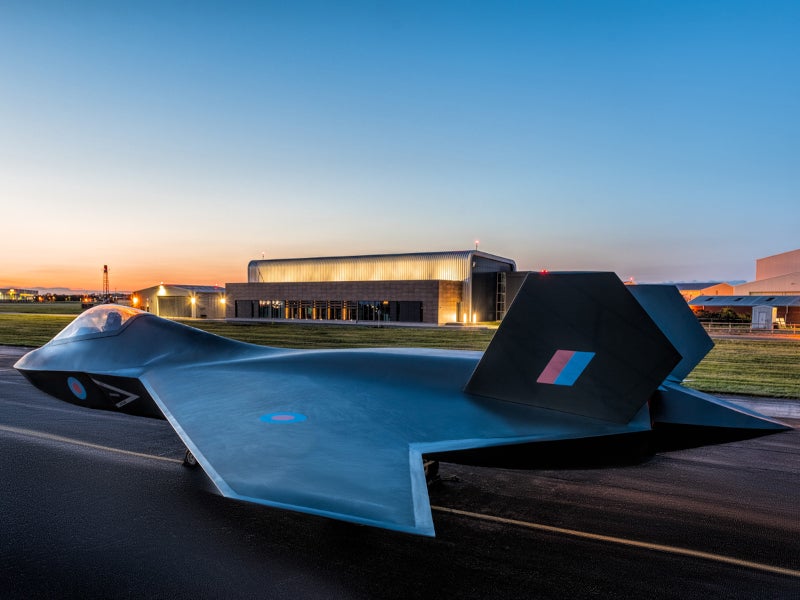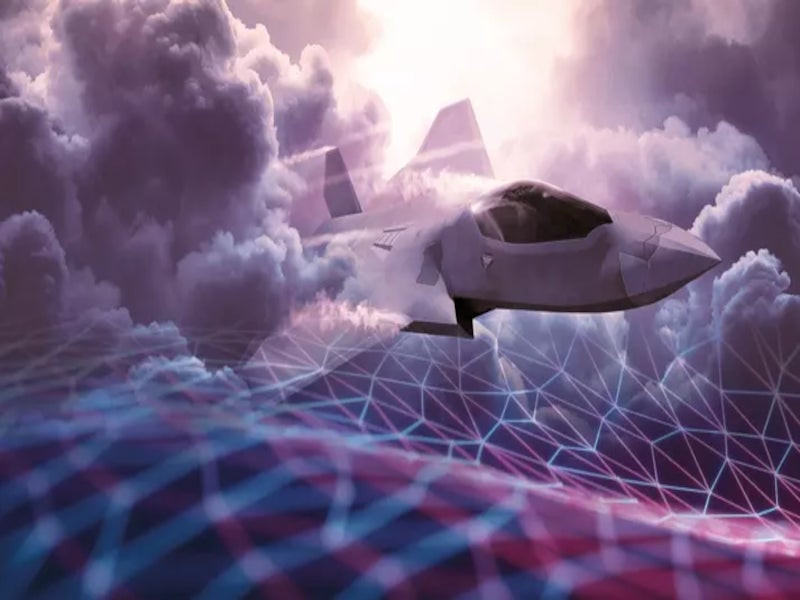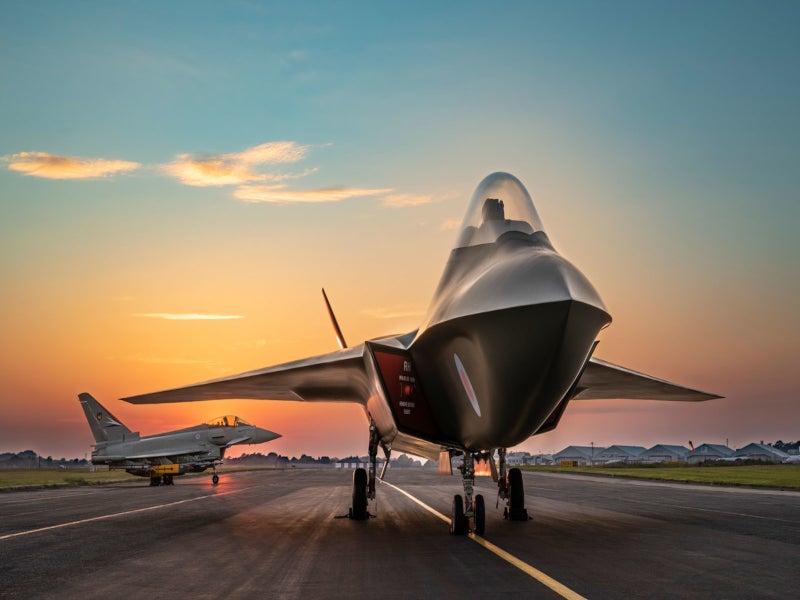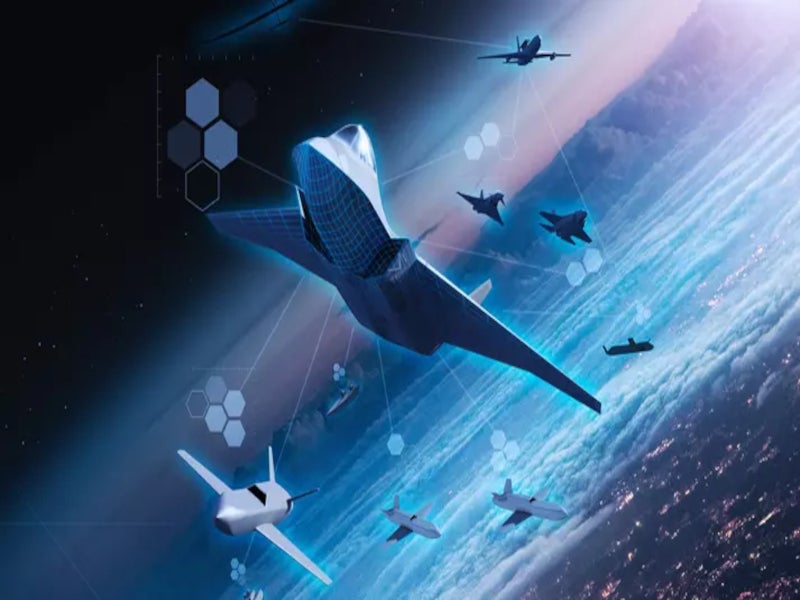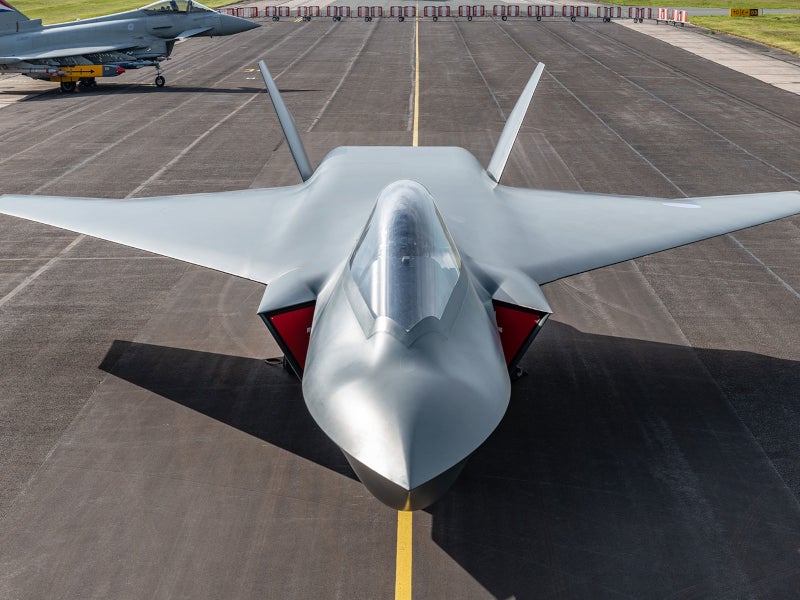Tempest is a sixth-generation combat aircraft being developed for the UK Royal Air Force (RAF) under the future combat air system (FCAS) programme to improve the nation’s air combat capabilities to address evolving threats.
The aircraft is a part of the UK’s Combat Air Strategy launched in July 2018. The concept of the Tempest aircraft was unveiled at Farnborough Air Show in the same month.
The aircraft is being developed by Team Tempest led by BAE Systems, a UK-based aerospace company. The team also comprises industry partners including Leonardo, an Italian aerospace company, MBDA UK, a division of European missile systems provider MBDA, and Rolls-Royce, an automobile manufacturer based in the UK.
The team is working with the UK Ministry of Defence (MoD) and the RAF to develop the future fighter jet.
BAE Systems received a contract worth approximately £250m ($347m) from the MoD to design and develop the Tempest aircraft in July 2021, marking the beginning of the project’s concept and assessment phase.
In April 2023, BAE Systems was awarded a contract extension worth £656m ($820.65m) by the MoD to further progress the development of the aircraft.
In December 2023, the UK entered into an international trilateral treaty with Japan and Italy as part of the Global Combat Air Programme (GCAP). The treaty focuses on the development of an aircraft with supersonic capabilities and advanced technology.
The treaty was signed a year following the official initiation of GCAP, underscoring the favourable advancements made in the development of the next-generation fighter jet under the FCAS programme.
The collaborative development phase of the programme is scheduled to commence in 2025 and aims to create a highly advanced, interoperable, adaptable and connected fighter jet. The UK government is expected to invest more than £2bn in the project by 2025.
The Tempest combat air demonstrator aircraft is expected to be unveiled by 2027 and is scheduled to be in service with the British RAF by 2035.
Collaborations for the Tempest FCAS programme
Sweden partnered with the UK on the FCAS programme for the joint development of future fighter jet capabilities and systems in July 2019. The countries also highlighted the agreement as an opportunity to upgrade their existing combat aircraft systems, the JAS 39 Gripen and Typhoon, with advanced technologies.
Industry partners from the UK and Italy signed a statement of intent for co-operation on the Tempest FCAS programme at the Defence and Security Equipment International event in London in September 2019.
UK, Italy, and Sweden commenced industry discussions in July 2020 to tap the potential of the industry from the three nations for the development of a future combat air capability.
The three countries signed a trilateral agreement for the development of Tempest in December 2020.
The UK partnered with Japan to develop a jet engine demonstrator for the future fighter programme in December 2021. The two countries signed an agreement to jointly conduct research on the development of the JAGUAR universal radio frequency sensor technology for use in fighter jets in February 2022.
The MoD said that it is working with Japan and Italy on the joint concept analysis of the FCAS programme in July 2022.
Concept development
Aeralis, a UK-based aircraft and associated components manufacturer, and Thales collaborated to develop concepts for a ground-based training and simulation system complementary to the Tempest FCAS aircraft programme in July 2019. The system is expected to be used to support all phases in a future flying training system.
Team Tempest signed contracts with seven companies, including Thales UK, Bombardier Belfast, Collins Aerospace, GE Aviation UK, GKN Aerospace, Martin Baker and QinetiQ to work on future combat air concepts and associated technologies in July 2020.
Collins Aerospace will provide advanced actuation systems for Tempest. GE Aviation UK, a division of GE Aviation, is working on open architecture and infrastructure for electrical power and avionics systems. Martin Baker is responsible for the development of ejection seats while Qinetiq will support test and evaluation activities.
GKN Aerospace Sweden joined the feasibility studies on future fighter engine technology development with industry partners in the UK and Italy in July 2020.
The Swedish Defence Materiel Administration awarded a contract worth Skr250m ($25m) to Saab to conduct studies related to the development of future fighter aircraft technologies in June 2022.
Leonardo is working together with Elettronica, an Italian electronic defence equipment supplier, under a collaboration agreement within the FCAS programme. The partnership will focus on the demonstration of advanced sensors and systems of the aircraft.
More than 600 organisations across the UK are engaged in the Tempest programme.
Wind River, a software solutions provider, was appointed by BAE Systems to support the technology demonstration work of the Tempest programme in April 2022.
Rolls-Royce collaborated with partners IHI, a Japanese engineering company, and Avio Aero, an aeronautics components and systems manufacturer based in Italy, for the aircraft’s development in 2023.
Tempest combat air demonstrator aircraft design and features
Tempest will be a sixth-generation optionally-manned stealth-capable fighter jet, which will be designed to be connected, flexible and upgradeable to stay ahead of changing threats.
The design is expected to include open architecture to adapt and enhance capabilities in future.
The airframe of the aircraft will be made of advanced composite materials and additives to be able to operate at higher temperatures. It will use digital engineering technology and advanced processes to reduce manufacturing time.
The aircraft will support scalable autonomy, which will enable manned, unmanned and optionally manned operations.
Tempest will be able to support existing weapons, planned weapons and weapons of the future such as Meteor, the next-generation beyond visual range air-to-air missile. The weapon effects management system will control the coordination of all weapons on the battlefield, using AI and machine learning-enhanced software.
Tempest will feature a defensive aid system capable of tracking, targeting and intercepting incoming missiles.
Mission capabilities
The fighter aircraft will serve as a connected node within a system of systems across all domains in the battlespace.
It will operate in co-ordination with other systems in the FCAS, such as uncrewed combat aircraft, civil platforms, satellites and cybersecurity centres, in future conflicts.
The aircraft will employ artificial intelligence (AI), machine learning and autonomous systems to provide manned/unmanned flying capabilities. It is also expected to use swarming technology to control drones.
It will receive data from different sources to generate reliable information that can be shared with other connected aircraft in a combat cloud.
The aircraft will be able to obtain complete oversight of the battlefield in stealth mode while carrying a significant payload, including next-generation weapons such as directed energy and hypersonic missiles.
Cockpit details
Based on the wearable cockpit technology concept, the cockpit of the Tempest system will be customisable by the pilots with head-mounted display helmets. The helmets will be used to project next-generation augmented and virtual reality interactive cockpit displays and controls directly in front of the pilot’s eyes. Other concepts such as virtual assistants for pilot support are also being tested.
The aircraft will be fitted with a next-generation flexible, software-driven flight control system. Its reconfigurable communications system will offer secured and seamless communication across air, sea, land and space through a connected network.
The gesture-control and eye-tracking feature in the cockpit will enable the measurement of the pilot’s workload and identification of his/her fatigue and mental stress.
Engine
Orpheus, a new gas turbine demonstrator engine, was built by Rolls-Royce for the FCAS programme. The aircraft’s advanced power and propulsion system will be aerodynamically designed for optimised overall performance, range and payload capability.
It will be powered by an efficient power system for increased electrical power generation capability coupled with an intelligent power management system and efficient thermal management to minimise the aircraft’s thermal signature.
Sensors and radars
The aircraft will be integrated with advanced sensors, which will allow a fast, secure and resilient exchange of information on the battlefield via the combat cloud.
Leonardo is working on an integrated sensing and non-kinetic effects (ISANKE) and integrated communications system (ICS) for Tempest.
It formed a partnership with Mitsubishi Electric to work on the development of JAGUAR sensor technology, which is expected to be used in the development of ISANKE and ICS for the Tempest programme.
ISANKE will provide a sensor network across the airframe. It is expected to unlock the potential of sixth-generation sensors by shifting from distinct equipment to integrated systems. ICS will enable the connection of the ISANKE system to the wider system of systems within the FCAS.
The effectors integrated into the aircraft’s sensors will allow the aircraft to engage with a range of non-kinetic effectors such as electronic warfare jamming and directed-energy weapons.
The effectors will help in assessing and evaluating incoming threats, and then in managing the deployment of the appropriate method to defeat them.

